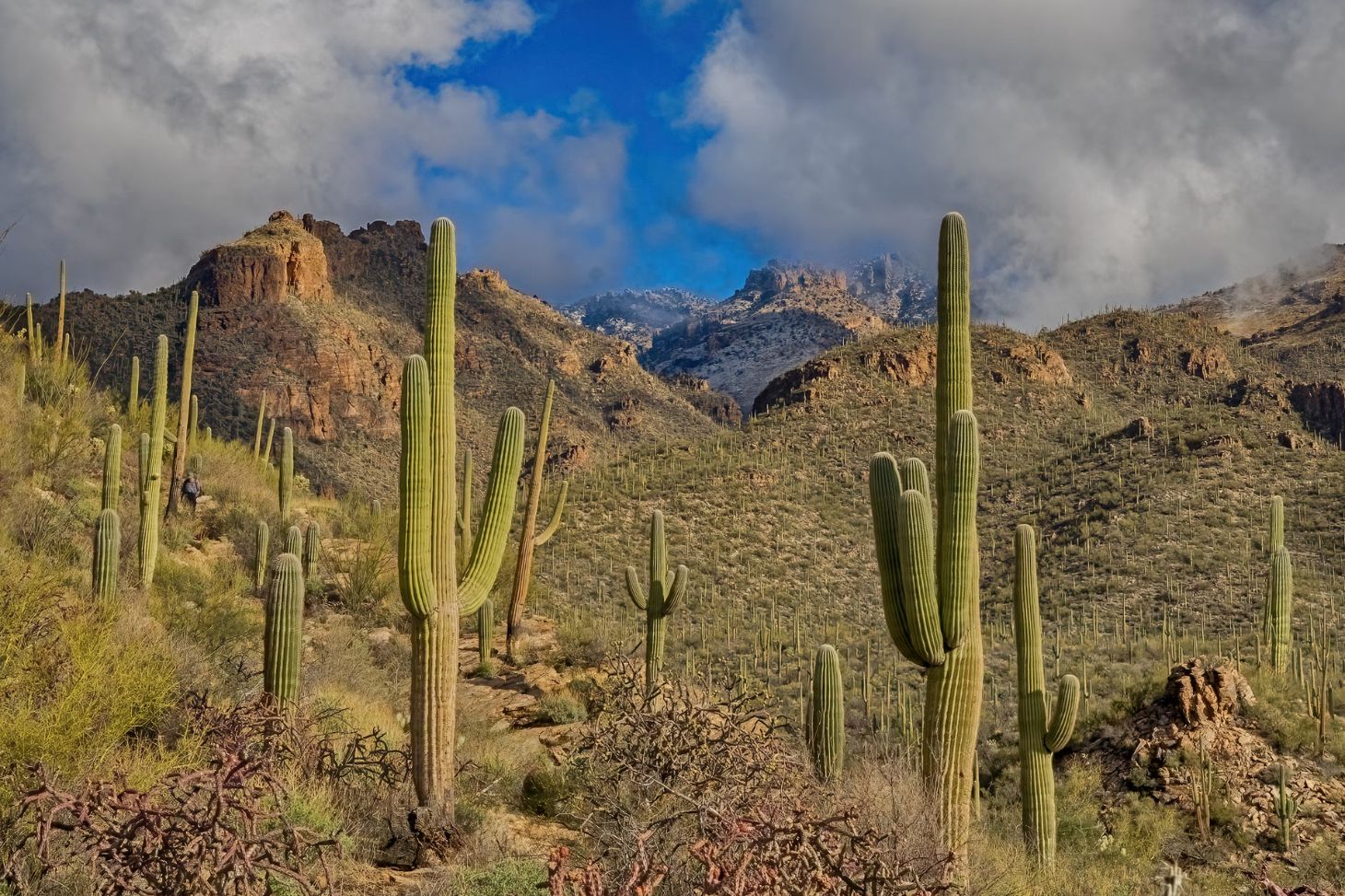Where Are Cacti Found?
Cacti are primarily native to the Americas. You can find them from parts of Canada all the way down to the southern tip of South America. This wide range means cacti live in many environments, from cold northern areas to hot deserts near the equator.
Most cacti thrive in dry places like deserts and coastal regions. Some grow at sea level, while others live in mountains or inland areas with little rain. Despite these tough conditions, cacti have adapted to survive with very little water.
You might think cacti are only found in deserts, but they also grow in forests and tropical areas, especially in parts of Mexico and South America. Their unique ability to hold water helps them live in many different places across the Americas.
Key Takeways
- Cacti naturally grow in the Americas from north to south.
- They live in diverse habitats, including deserts, coasts, and forests.
- Cacti have special adaptations that help them survive in dry climates.
Global Distribution Of Cacti
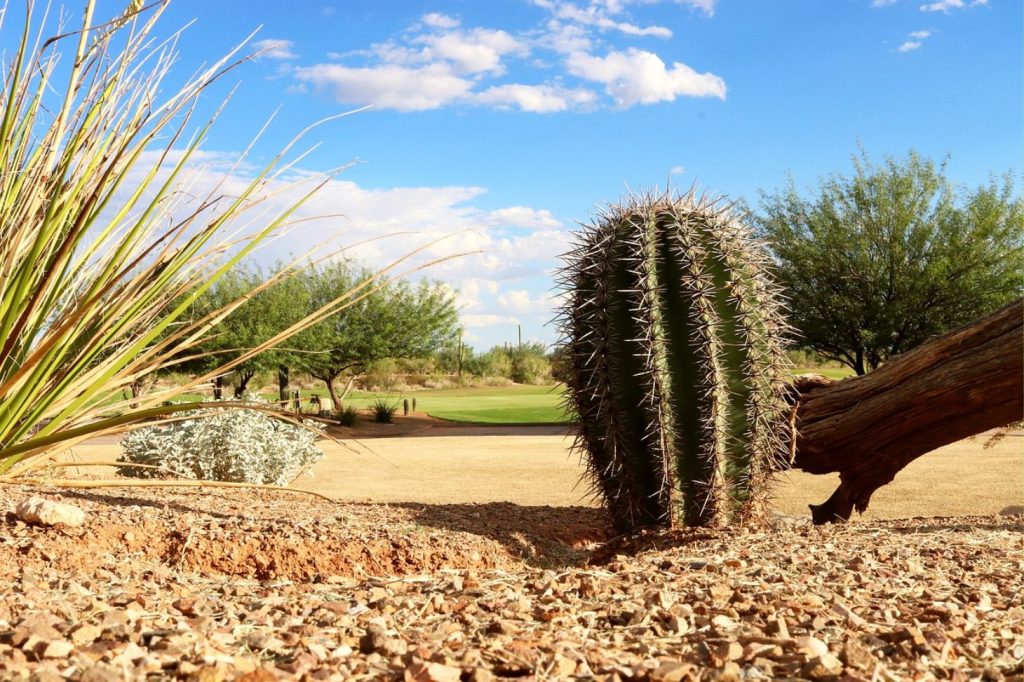
Cacti come from a wide area and vary in form and size. You can find them naturally in different climates, mostly in the Americas. Some have spread beyond this native range, often because of human actions.
Native Range In The Americas
Cacti belong to the cactus family, Cactaceae, and are native mainly to the Americas. Their range stretches from southern parts of Canada and the western United States, through Mexico, down to South America as far as Patagonia.
You’ll see the largest numbers and greatest variety in North America. The Chihuahuan Desert in Mexico holds many species. Cacti thrive in deserts, dry coastal areas, and even Mediterranean-like climates in these regions.
Their ability to store water lets them survive in tough, arid environments. Inside their native range, cacti can grow from sea level up to high altitudes in mountainous areas.
Cacti Beyond The Americas
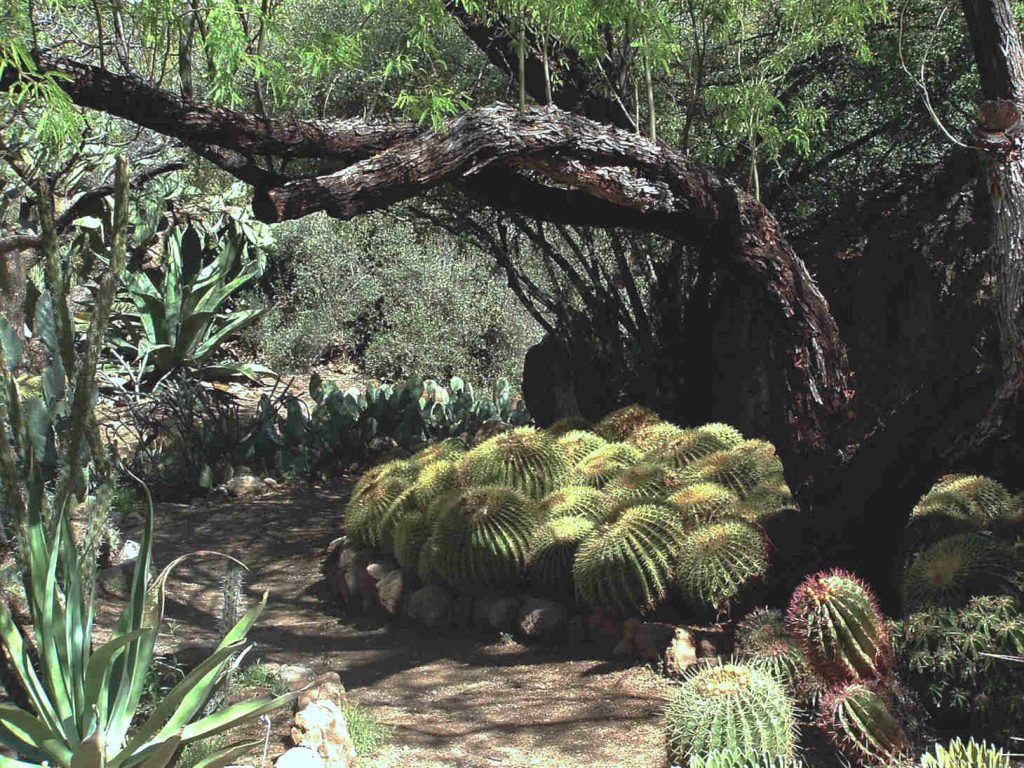
While cacti developed in the Americas, some species now appear in other parts of the world. This mostly happened after people introduced cacti for gardens, farming, or decoration.
For example, you can find them in southern Portugal and around the Mediterranean. These regions are not natural habitats but support some cactus growth because the climate is similar to parts of their original range.
Outside America, you’ll rarely find wild, self-sustaining cactus populations. Most are cultivated or grow from escaped garden plants, rather than establishing large native-like groups.
Range Expansion Due To Human Activity
Humans played a major role in spreading cacti globally. Some cactus species were introduced as ornamental plants or for agricultural use, especially prickly pear varieties.
These introductions sometimes led to cacti becoming invasive outside their native range. In parts of Africa, Australia, and Europe, certain cacti have spread rapidly where conditions suit them.
The movement of cacti also occurs because of the plant trade and people planting cacti in different climates. This human-driven spread has changed the distribution maps, adding new cactus populations outside their original American range.
Major Cactus Habitats
Cacti grow in many places, but they thrive best where water is scarce and temperatures vary. You can find them in deserts, coastal areas, and some mountainous regions. These locations offer the right combination of sunlight, heat, and dry soil for cacti to survive.
Desert Regions Of North America
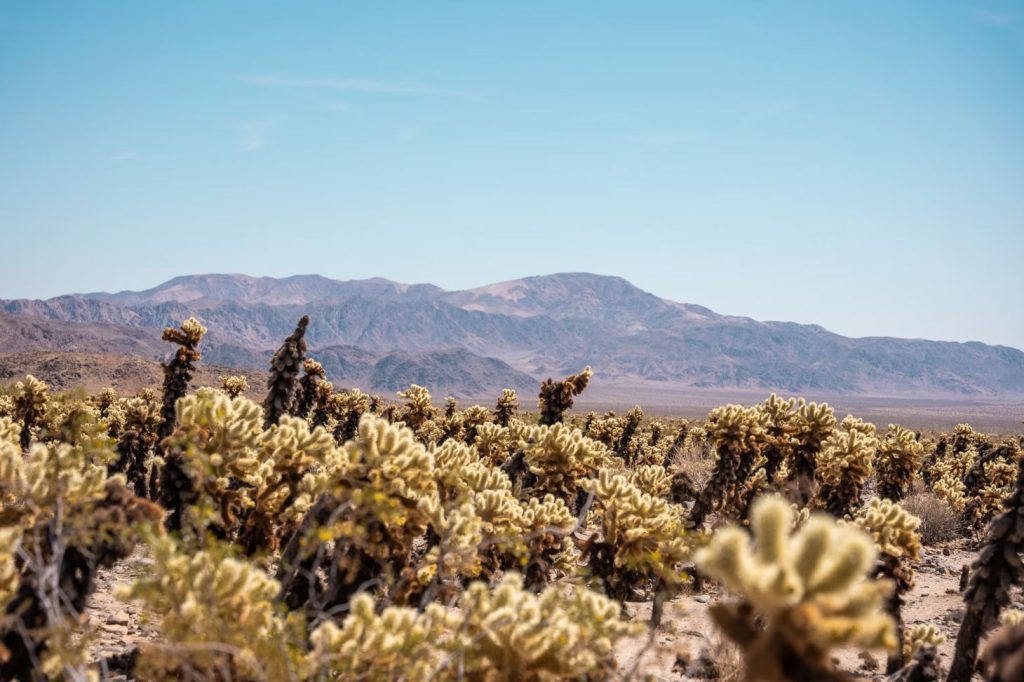
You will see the largest concentration of cacti in the deserts of the United States and northern Mexico. The Sonoran Desert, which covers parts of Arizona, California, and Mexico, is home to famous cacti like the saguaro.
The Mojave Desert and the Chihuahuan Desert also support many cactus species. The Mojave includes areas like Death Valley, one of the hottest places in North America. The Chihuahuan Desert spans Texas and parts of Mexico.
These deserts have dry air, sandy or rocky soil, and wide temperature swings. You might find cacti on the Colorado Plateau and even in the Uinta Basin. Water is rare, but these plants store it well, helping them survive long droughts.
South American Cactus Regions
South America is another major area for cacti. You can find many kinds from Patagonia in the south to the tropical regions farther north. The Andes mountains create varied climates where cacti adapt to different altitudes.
Here, cacti often face colder nights but still need to handle dry conditions. Many species grow in sandy or rocky soils and can thrive where rainfall is low. Some cacti are used by local people for food and medicine.
South America has one of the widest ranges of cactus sizes and shapes. You will notice some that are low to the ground and others that grow tall, similar to those in North America but unique to their environment.
Coastal And Mountainous Areas
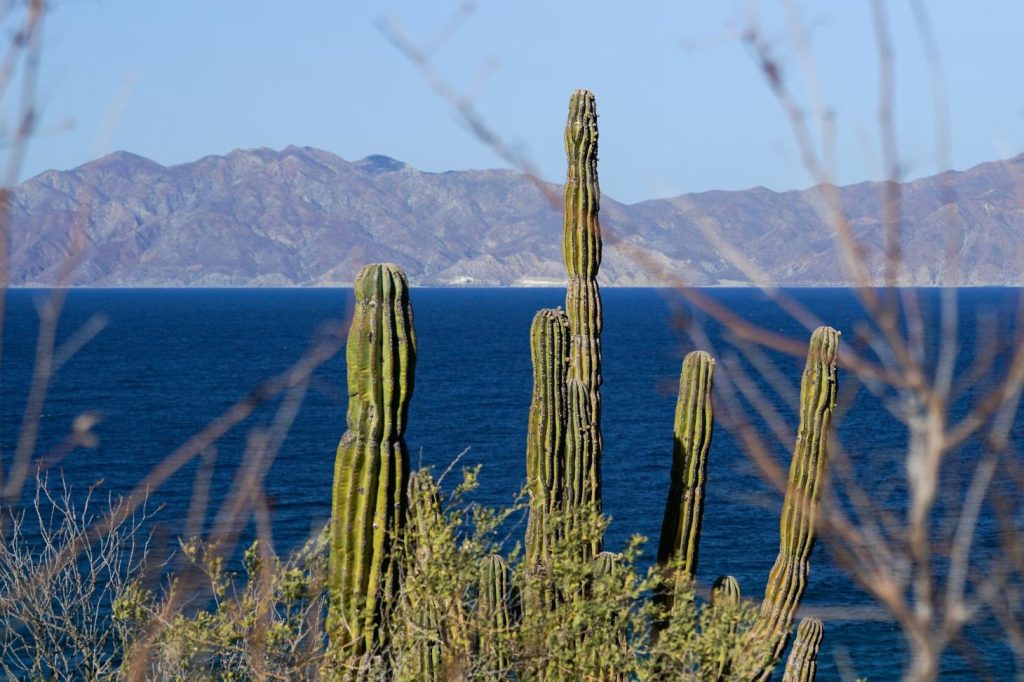
Cacti are not just desert plants. You can also find them along the coasts and in some mountains. For example, near the Atlantic and Pacific coasts at low altitudes, cacti grow in sandy soils with less extreme heat compared to deserts.
Mountain areas like the Colorado Plateau provide higher elevation habitats where temperatures can be cooler. In these spots, cacti have adapted to survive both strong sunlight and colder weather.
Dry coastal regions and mountains offer a mix of sun and occasional moisture from fog or rain. This helps cacti survive without needing deep roots or intense drought resistance. You will find these cacti scattered with other plants that like dry but mild climates.
Iconic Cactus Species And Their Locations
You can find many famous cactus species in different parts of the Americas. These include giants like the saguaro in Arizona and smaller types like prickly pears and barrel cacti. Each species lives in places with climates and soils suited to its needs.
Saguaros And Their Native Habitats
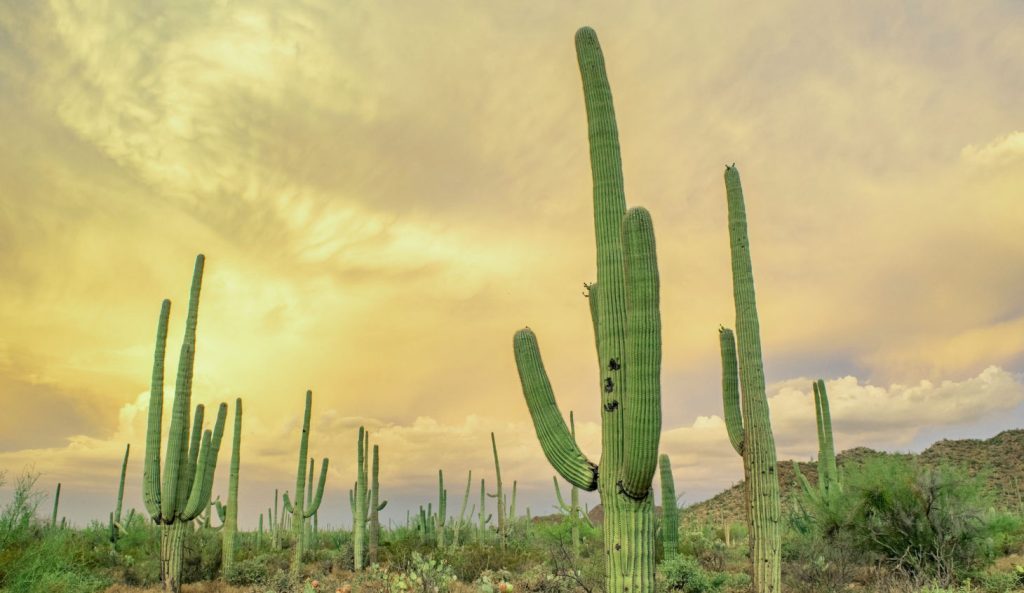
The saguaro cactus is one of the most well-known cacti. It grows mainly in the Sonoran Desert of Arizona and parts of northwestern Mexico. You can also see them in the Organ Pipe Cactus National Monument. These giants can live for over 150 years and reach heights up to 40 feet.
Saguaros need hot climate with a balance of rainfall and sandy, well-drained soil to grow. They store water in their thick, fleshy stems to survive long droughts. The saguaro’s arms appear as it ages, often after 50-100 years. This cactus supports desert wildlife by providing food and shelter.
Prickly Pear Varieties

Prickly pears belong to the Opuntia genus, with many species spread across North and South America. You might recognize species like Opuntia ficus-indica, which is often cultivated for its edible fruit. Smaller types like Opuntia fragilis grow in colder or higher areas like parts of the Rocky Mountains.
Prickly pears have flat, paddle-shaped pads covered with spines. They thrive in deserts, grasslands, and even mountainous areas. Their wide range means you can spot them from Texas and New Mexico to Argentina and Chile. These plants are important for both wildlife and humans for food and shelter.
Chollas, Barrel, And Other Notable Cacti
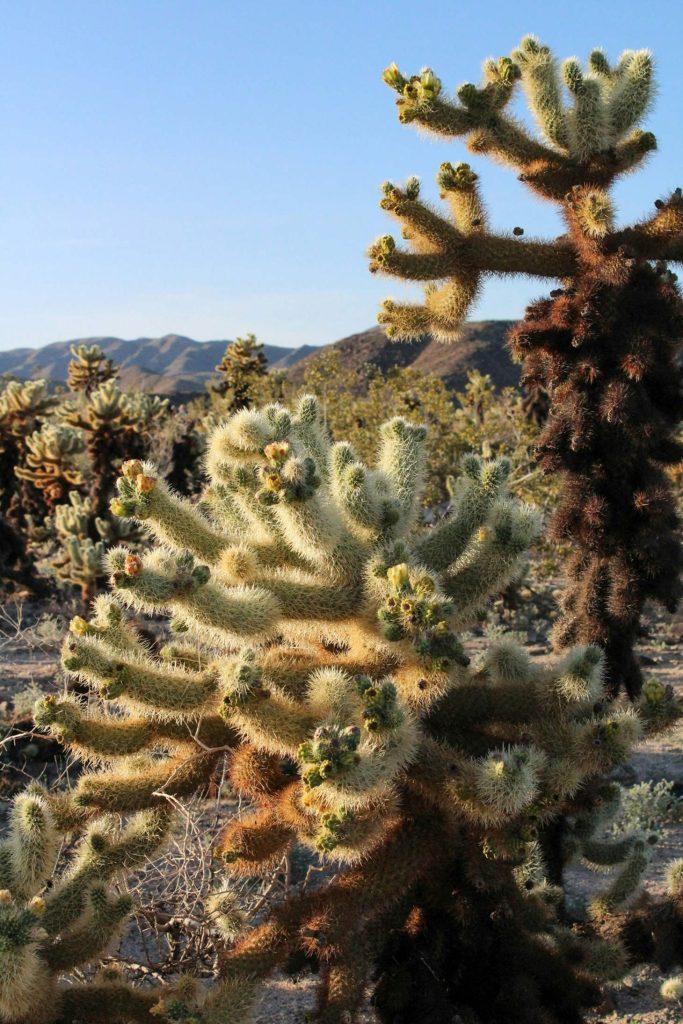
Chollas (Cylindropuntia species) are common in the American Southwest, including Arizona, Texas, and northern Mexico. Varieties like the buckhorn cholla and munz’s cholla have cylindrical stems covered with dense spines. They spread easily by dropping stem segments.
Barrel cacti such as the San Diego barrel cactus and Ferocactus species grow in desert areas like California and Arizona. They have round, ribbed bodies and store water well. Some smaller cacti like Echinocereus, Pediocactus, and Coryphantha live in more specific or harsher conditions.
You can also find rare cacti like Sclerocactus sileri, which live in the deserts of the southwestern U.S. The senita cactus grows in parts of Sonora, Mexico. Lastly, Rhipsalis baccifera is unique for living in tropical forest areas rather than deserts.

